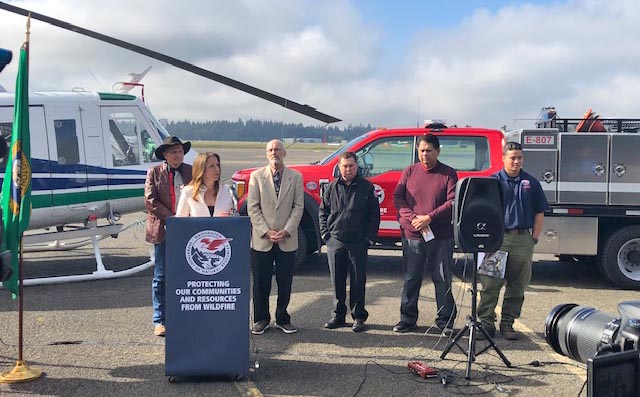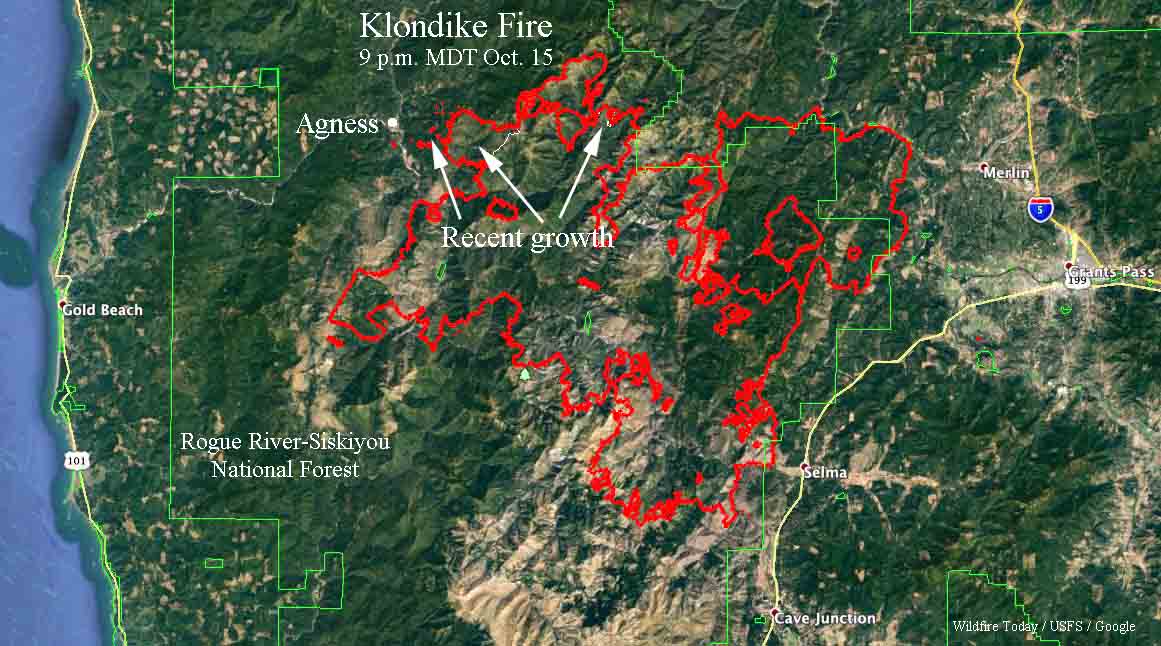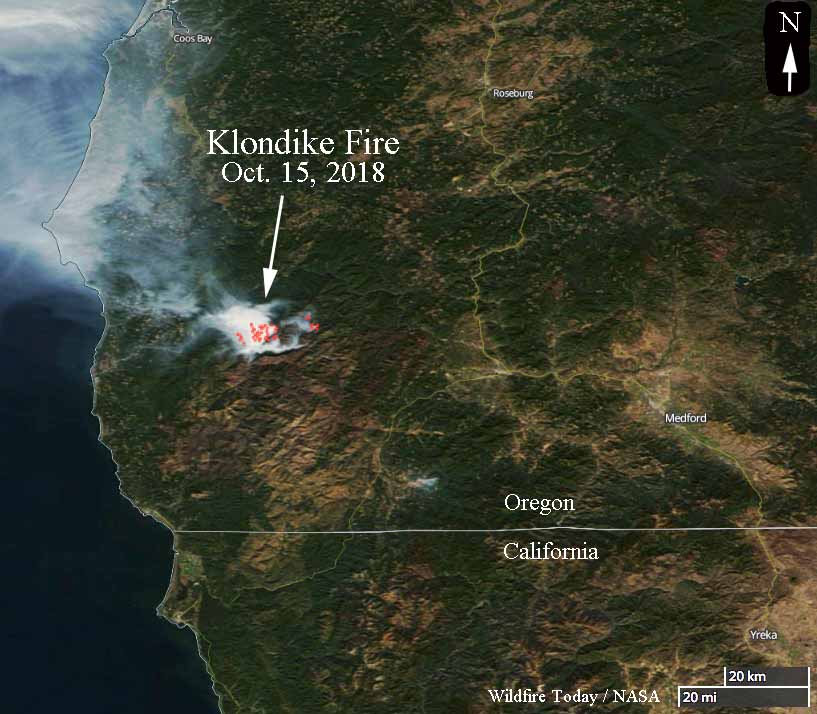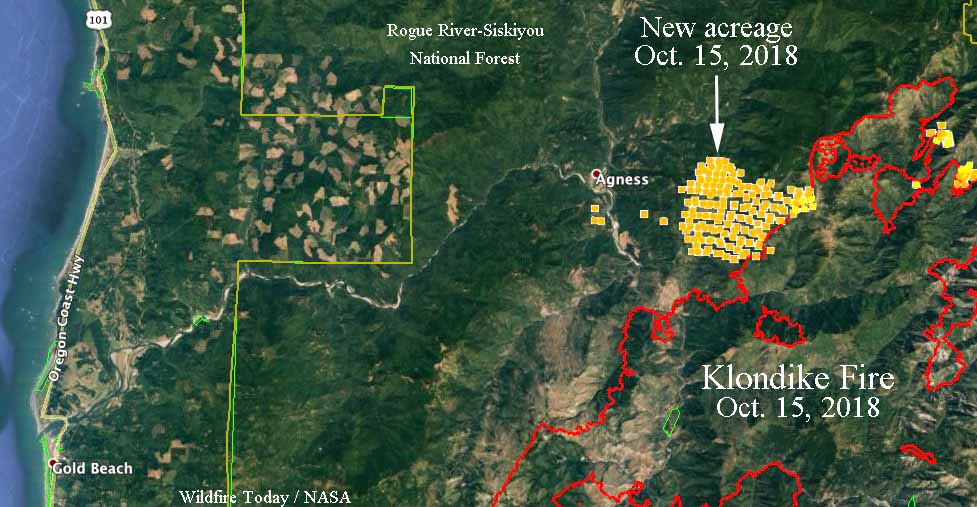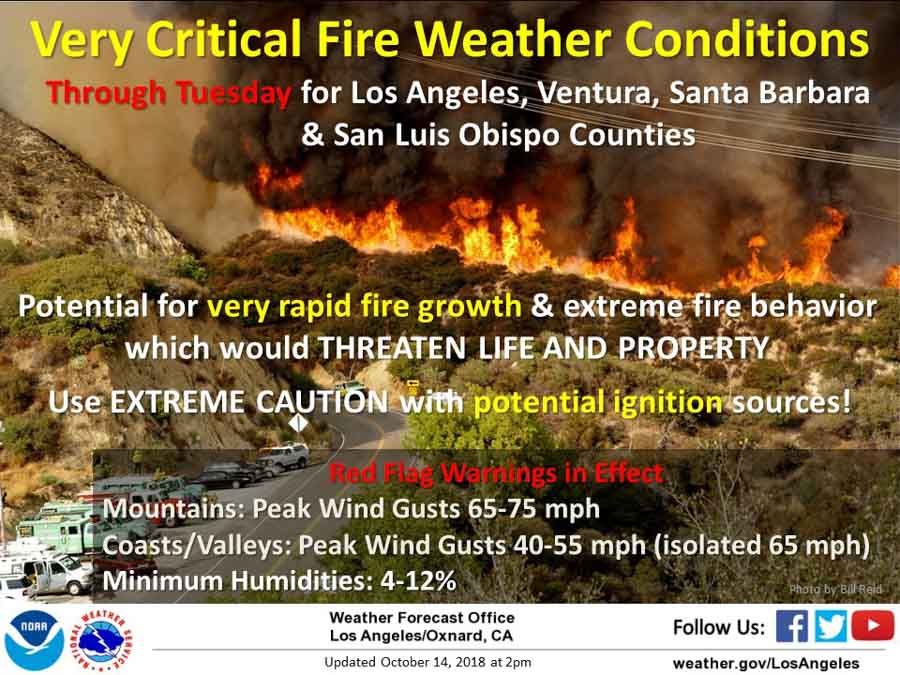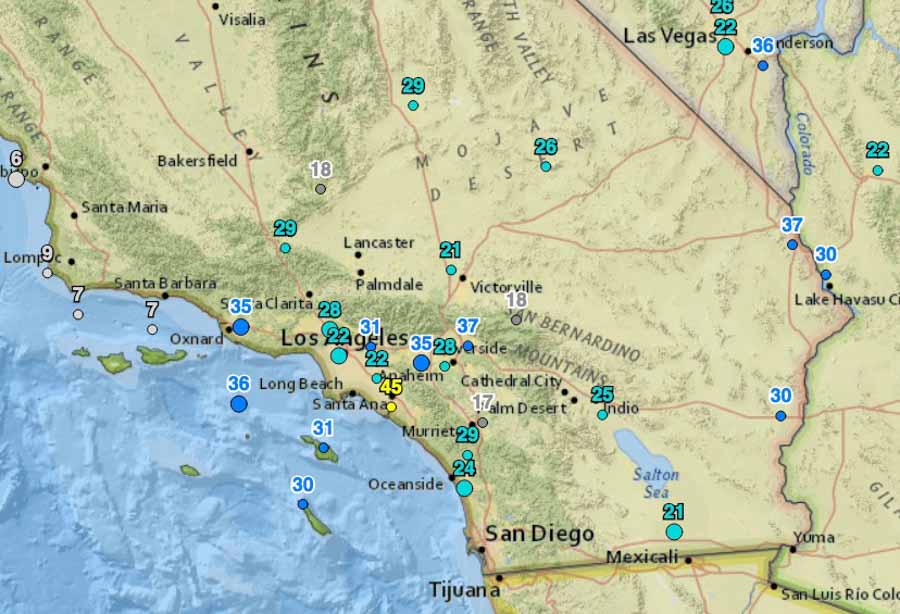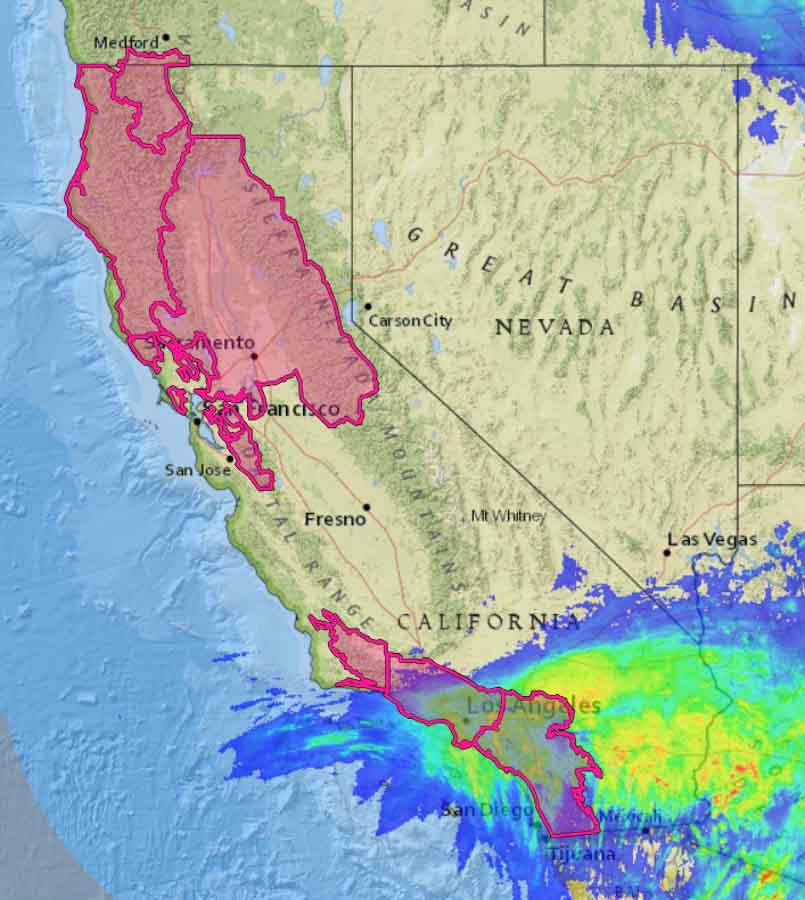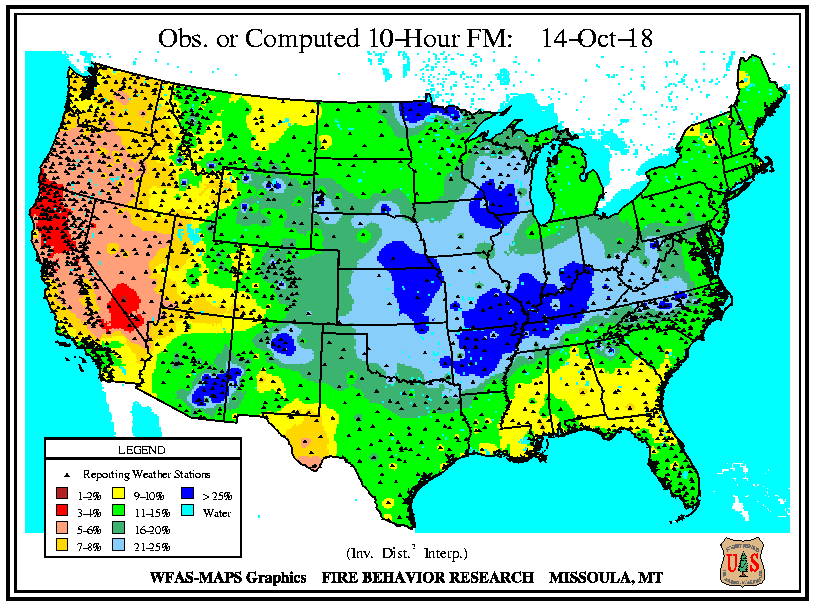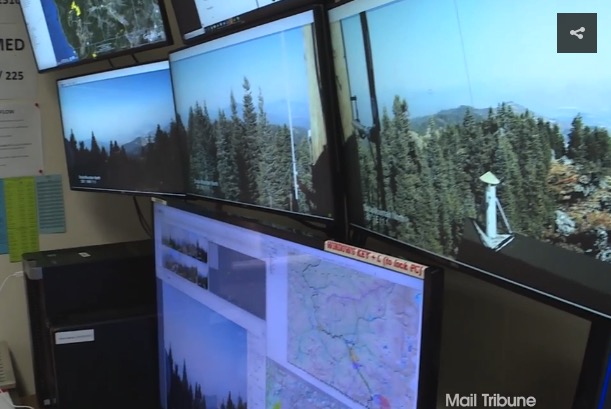President Trump on Wednesday seemed to threaten to cut the federal government’s funding for fighting wildfires in California. During a Cabinet meeting exchange with Secretary of Agriculture Sonny Perdue, who oversees the U.S. Forest Service, Mr. Trump said about the fires in California, “…we’re just not going to continue to pay the kind of money that we’re paying…”, which he said was “hundreds of billions of dollars”.
It is not clear exactly what funding would be cut. About 20 percent of the land in California is managed by the Forest Service, where many of the largest fires occur. It is hard to see how cutting the Forest Service budget would improve the situation. The state has responsibility for suppressing vegetation fires in many rural areas of California.
Any state can apply to the Federal Emergency Management Agency (FEMA) for a Fire Management Assistance Grant (FMAG) which may provide federal funding for up to 75 percent of eligible firefighting costs. The grant is intended to assist in fighting fires that threaten to cause major disasters. Eligible costs covered by FMAGs can include expenses for fire camps, equipment use, materials, supplies, mobilization, and demobilization activities attributed to fighting the fire.
Some of the California fires in 2018 for which FMAGs were approved included the Carr Fire near Redding, Pawnee Fire in Lake County, Cranston Fire in Riverside County, and the Mendocino Complex of Fires in Lake County near Clear Lake.
Also in 2018 FEMA declared the Carr Fire to be a “major disaster” which enabled grants to individuals for temporary housing, home repairs, low-cost loans to cover uninsured property losses, and other programs to help individuals and business owners recover from the effects of the fire. Major disasters are often declared for recovery from hurricanes, floods, and other natural disasters.
Fact check
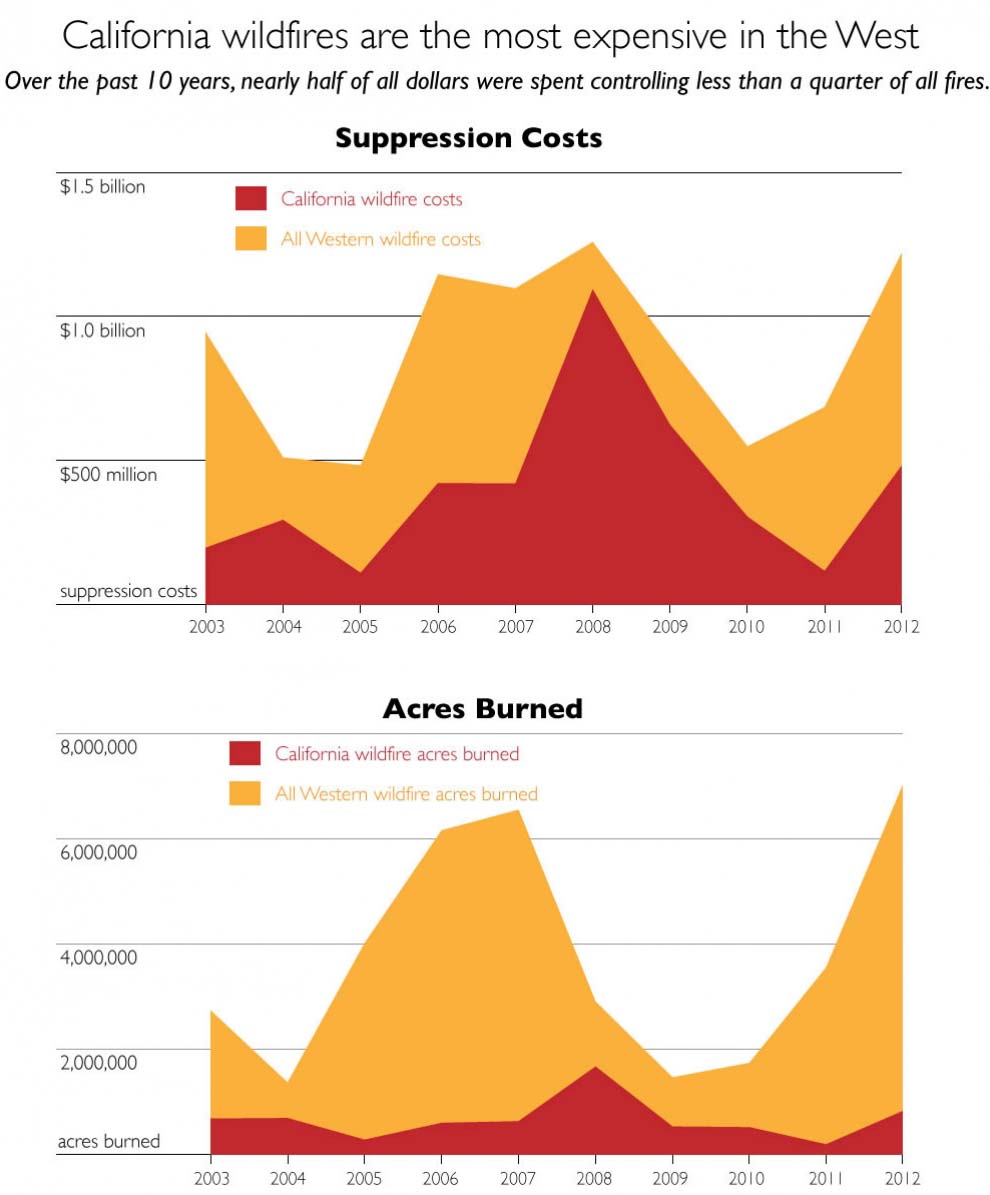
Twice during the two-minute discussion about the cost of fires in California, Mr. Trump said fires in the state are costing the country “hundreds of billions of dollars”. Using data compiled by the National Wildfire Coordinating Group, Climate Central created the graphs above. We extracted from the graphic the approximate yearly costs and found that the average annual costs of suppressing fires in California from 2003 through 2012 was approximately $300 million. Only one time during that 10-year span did suppression costs exceed $1 billion — in 2008 when about $1.1 billion was spent in the state. If that annual average suppression cost remained the same it would take 180 years to total $200 billion. Mr. Trump’s statement about the costs of suppressing fires in California is off by a factor of approximately 180.
These costs do not include other expenses that may be authorized by a major disaster declaration, like on the Carr Fire.
It is true that the cost per acre of wildfires in California is high. Some of the reasons include the high costs of firefighting resources in the state, and the proximity of values at risk such as homes and infrastructure.
Video and a transcript of the October 17 Cabinet meeting discussion about the cost of wildfires in California.
Secretary of Agriculture Sonny Perdue:
“You talked about the forest fires. Now we are permitting and cleaning up these forests so we will reduce the threat of forest fires as well as creating jobs in these communities.”
President Trump:
“They ought to do that in California by the way.”
Secretary Perdue:
“Yes sir.”
President Trump:
“California’s a mess. We’re giving billions and billions of dollars for forest fires in California. There’s no reason for those fires to be like they are. They are leaving them dirty, it’s a disgraceful thing. Old trees are sitting there rotting and dry and instead of cleaning it up they don’t touch ’em. They leave ’em. And we end up with these massive fires that we’re paying hundreds of billions of dollars for — to — fix, and the destruction is incredible.
“So I think California oughta get their act together and clean up their forests and manage their forests because it’s disgraceful.
“What’s happening should never happen. I go all over the country. When I meet with governors the first thing they say is there’s no reason for forest fires like that in California.
“So I say to the Governor, or whoever is going to be the Governor of California, better get your act together cause California we’re just not going to continue to pay the kind of money that we’re paying because of fires that should never be to the extent.
“They were telling me in a couple of states I won’t even mention their names, it’s like a flash, some grass will burn. It will be over in minutes. They’ll lose two acres, three acres at the most. They won’t even lose that. And here we are with thousands of acres and billions and billions of dollars every year. It’s the same thing every year.
“And they don’t want to clean up their forests because they have environmental problems in cleaning it up. It should be the opposite. Cause you’re going to lose your forest. You’re losing. But it’s costing our country hundreds of billions of dollars because of incompetence in California.
“The people, I’m speaking now for the people of California. They don’t want to see this happen. They’re getting destroyed. And it’s hurting our budgets, it’s hurting our country and they just better get their act together.”


